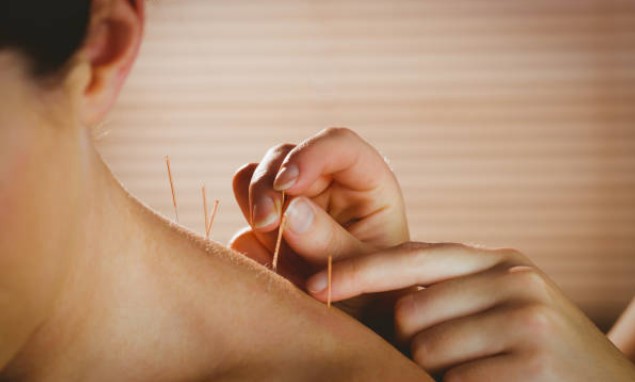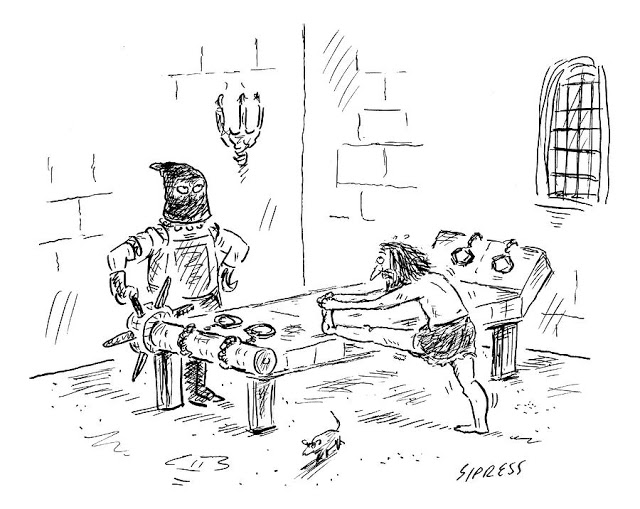The Science of Acupuncture

The use of acupuncture as an approach for medical treatments has been recorded for approximately 2000 years but the history of acupuncture and traditional Chinese medicine dates even further than that.
First let us look at the local inflammatory and muscular effects of acupuncture, where the needles cause a muscular reaction where a contraction around the needle is produced, which leads to tissue relaxation and relief of muscle spasm. Now in order for these things to happen we need an intact nervous system, healthy tissue in the area that the needle will be inserted and failing to follow these simple principles will likely lead to an ineffective treatment. Anatomically, the local effects at the acupuncture site are sensitive to micro trauma and will lead to the release of different factors which activates a clotting cascade, and cause vasodilation and smooth muscle contraction. Locally as well, the acupuncture needle will cause histamine levels to elevate as well as the release of bradykinin which may cause the lowering of blood pressure, an increase in vascular permeability which is involved in the mechanism of pain reduction. 
An analgesic affect can be produced by using high frequency, low intensity stimulation of the acupuncture point. This can cause a rapid onset of relief of pain through what is known as the gate control theory. Humeral mechanisms of acupuncture cause a systemic endocrine effect that helps improve blood flow, releases proteins associated with chronic pain, induces hormone release, stimulates prolactin and modulates thyroid function. Acupuncture also affect the spinal core, brainstem and higher centres which is mediated through neurochemical interactions. These interactions may take between 30 to 40 minutes to become effective, but its affects on pain can last for hours. There is also the bioelectric theory where it has been shown that energy channels correspond with acupuncture meridians. These points show can be bioelectrically used, enhancing the neuro-reactive effects of the acupuncture needle. Other acupuncture effects also include, blood pressure regulation, aging prevention, performance enhancement, and GI regulation to name a few. 
In conclusion, acupuncture has a long history that represents part of an ancient system of comprehensive healthcare and as science has advanced so has the understanding of how acupuncture has been able to help in rehabilitation. Acupuncture is a precise art, where the application and location of the acupuncture needle is vital in order for its true effects to be attained. Acupuncture used by qualified practitioners who know your anatomy and acupuncture points will educate their patients to ensure that they are comfortable with the treatment and they will see the acupunctures true benefits.
Michale Hofstatter, CD., BMR.PT., B.Sc.
Michael is the lead therapist & Owner of Elite Physio in Mississauga, Ontario.
The content of this blog is the sole view & opinion of its author. All copyrights belong to the author.













